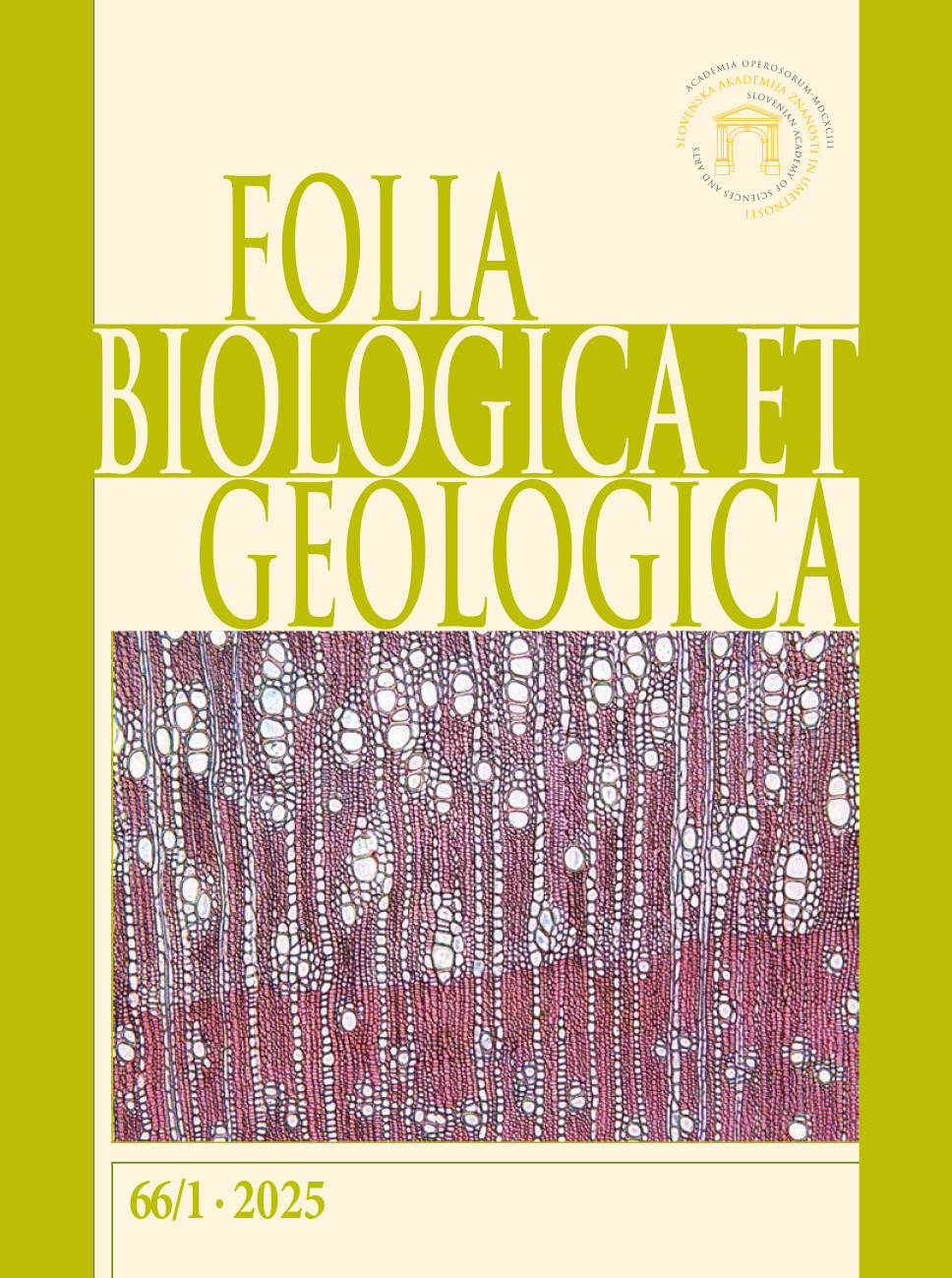Some characteristics of vegetation and flora of the Beka Landscape Park and its close surroundings (southwestern Slovenia)
DOI:
https://doi.org/10.3986/fbg0114Keywords:
vegetation, plant communities, syntaxonomy, Lamio orvalae-Ostryetum carpinifoliae, flora mapping, Karst, Istria, Natura 2000Abstract
In the Beka Landscape Park (the spring and central part of the Glinščica valley, both banks of the gorge of Griža, the valley of Korošca near Beka-Ocizla caves) and its immediate surroundings (meadows by Beka and Ocizla) we determined eleven forest communities at the rank of association, with dominant Quercus petarea, Q. pubescens, Ostrya carpinifolia, Carpinus betulus, Fagus sylvatica, Alnus glutinosa, Tilia platyphyllos, Acer pseudoplatanus and (or) Pinus nigra. The recorded grasslands can be classified into at least six syntaxa at the rank of association. We partly investigated also the vegetation of screes, rock crevices, shrubs, hedges, ponds and abandoned fields. In the researched area we recorded approximately 730 taxa of vascular plants, including 49 protected, 48 Red List, and 30 alien species. Some of the identified plant communities belong to Natura 2000 habitat types, among them Eastern sub-mediterranean dry grasslands (Scorzoneretalia villosae) and Illyrian Fagus sylvatica forests (Aremonio-Fagion). At Ocizla and Beka are localities of Himantoglossum adriaticum, a species of Community interest.





